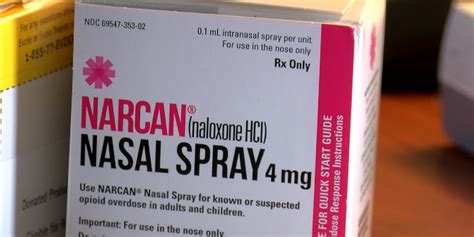November 23, 2022 Rutherford Regional Health System (RRHS), a Duke LifePoint hospital, has named Tory […]
Category: Hospital
Advisory: Detention Center Investigation into Inmates’ Overdoses
On August 22, 2022 an investigation revealed that a total of four inmate’s, at the […]
Breaking News: Shooting Incident Did Not Occur At Hospital
July 8,2022 Rutherfordton- A shooting was incorrectly identified as occurring at the parking lot of […]
Why small NC mountain city is taking on nation’s largest hospital system
Brevard officials hope other Western NC local governments will join lawsuit alleging monopolistic practices by […]
Jail Deaths and Jail Conditions
On January 12, 2022, Andrew Hodge was found dead in his cell in the Rutherford […]
Year in review: North Carolina and COVID-19
By Lynn Bonner NC POLICY WATCH – 12/29/2021 – in News, Top Story Getty Images/Photo: Drazen Zigic This […]
Flu brings fear of ‘twindemic’ in NC
Health officials urge vaccination against influenza and COVID-19 to avoid respiratory illnesses. by Imari Scarbrough December 13, […]
Feds put ‘special focus’ on 10 NC nursing homes with sketchy performance records
Feds put ‘special focus’ on 10 NC nursing homes with sketchy performance records by Thomas […]







